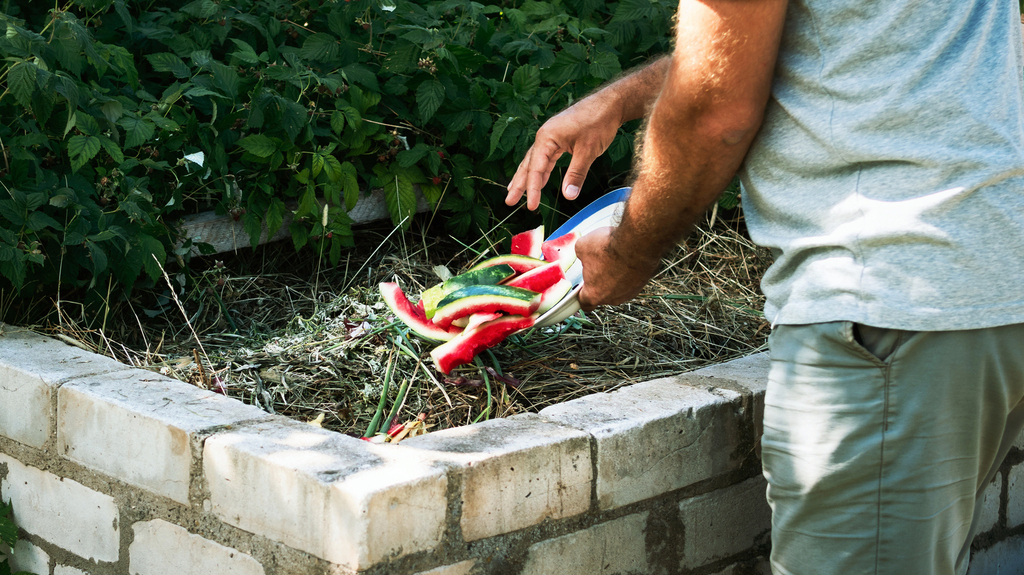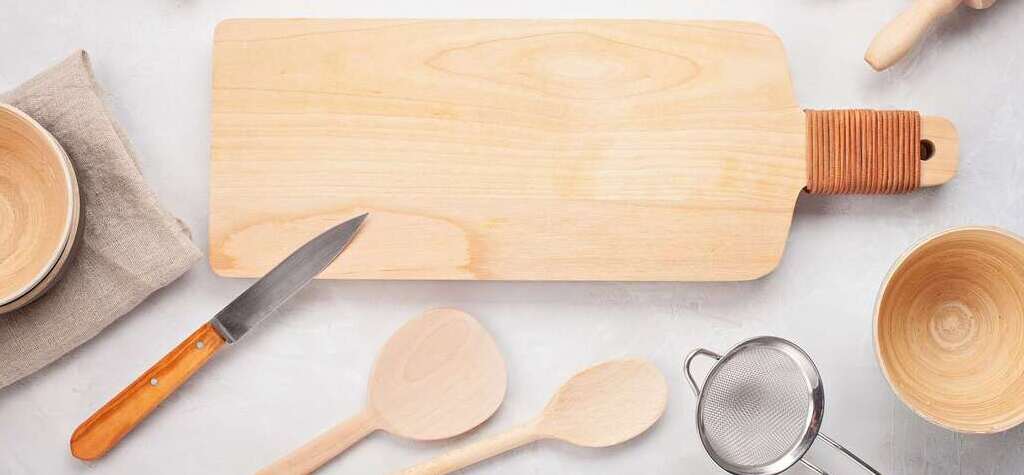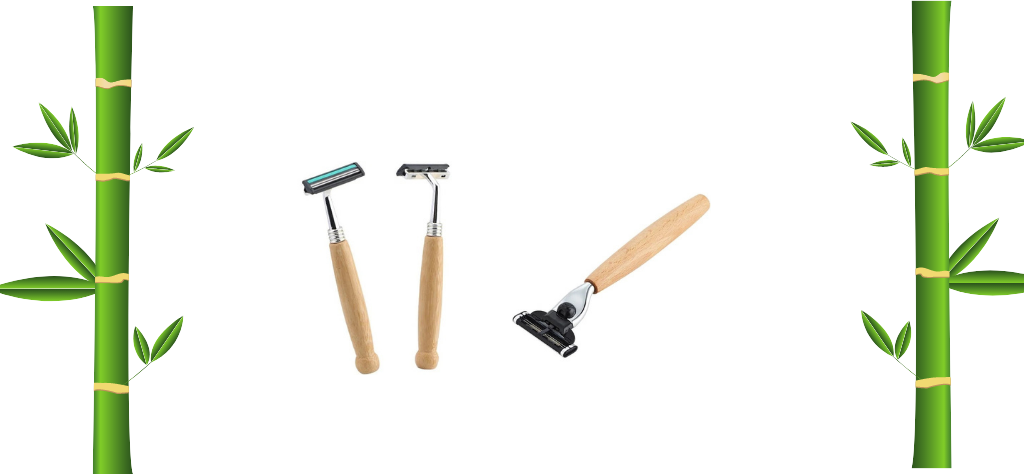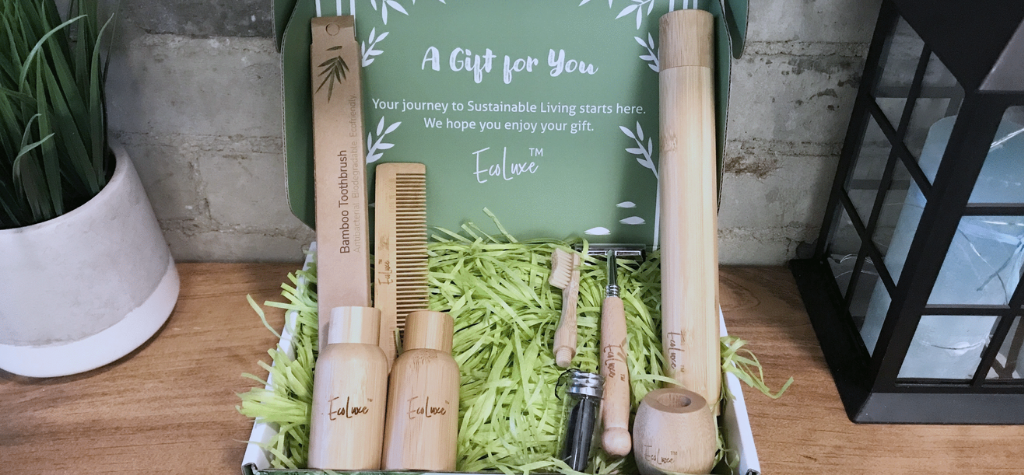If you love to cook, chances are you have cooking tools like spatulas (of all sizes and styles), ladles, spoons and more. If you’re on a budget, like me, you probably went to the dollar store to buy your basic necessities. After all, you probably don’t cook every day, so there’s no need to buy top of the line cooking tools at a specialty kitchenware store.
So you decide to buy the most affordable and practical utensils – the plastic ones. Packaged for convenience, you get all the basics including the ladle, two or three types of spatulas, spoons and maybe one or two specialty tools. They are flexible and thin enough so you can actually flip your burgers and eggs. They are gentle on your cookware and don’t scratch the surface of your non-stick frying pans.
They are practical and easy to clean except you might realize that the more you cook with them, the more plastic pieces end up in your food. When plastic has persistent contact with heat such as on the surface of pans, it will melt. Perhaps you think it’s not such a big deal so you carry on and use it. But at a certain temperature, these plastic compounds break apart into simpler molecules and some of which are toxic and harmful to our health.
The Health Effects of Plastic Utensils
The harmful effects associated with plastics can come from 3 sources: the actual ingredients of the plastic used to make the finished goods, the byproducts used during the manufacturing process and the chemicals that are absorbed from the environment. Plastic utensils and other plastic products are made from a cocktail of substances such as pesticides, polycyclic aromatic hydrocarbons (PAHs) and polychlorinated biphenyls (PCBs). All of which have toxicity levels that will have a long term impact on our health.
PAHs are a class of chemicals that occur naturally in coal, crude oil and gasoline. High temperature cooking will form PAHs in our food especially when using plastic utensils. The long term health effects of continued exposure or large amounts of exposure to PAHs may include cataracts, kidney and liver damage, and jaundice.
On the other hand, PCB’s are a group of man made chemicals that are a very stable mixture resistant to extreme temperature and pressure. However, they are highly toxic industrial compounds and post serious health risks to fetuses, babies and children who will suffer neurological problems from repeated or prolonged exposure to PCBs even in small amounts.
Plastic ByProducts and Additives are Dangerous
There are many more chemicals and additives that we don’t know about that are used in plastic manufacturing. Polybrominated diphenyl ethers (PBDEs) and polybrominated biphenyls (PBBs) belong to a class of chemicals that are added to manufactured plastic products as a way to reduce the chances of catching fire – like a flame retardant.
PBDE’s are known environmental contaminants and cause neurotoxic effects altering the function of the thyroid hormone. Phthalates are estrogenic compounds that can disrupt endocrine function and reproductive systems of animals and therefore likely to cause the same effects in humans as well.
A study was conducted by the Environment Science and Technology on the Toxicity of Plastic Products and tested 34 products made of 7 of the most common plastic substances including and an eighth material – biobased, biodegradable PLA (marketed as sustainable).
The study found that 74% of the plastic products used for consumer purposes had high levels of toxicity. The issues of toxicity were widespread and toxicity was found in nearly all the plastic products tested. The chemicals added to the base material that give plastic its color and flexibility may contribute to the toxicity levels of the plastic.




 6. Use Cloth for Clean Ups
6. Use Cloth for Clean Ups





















 Affordability of Bamboo vs Plastic Cutting Boards
Affordability of Bamboo vs Plastic Cutting Boards What are the Environmental Impacts of Plastic vs Bamboo?
What are the Environmental Impacts of Plastic vs Bamboo?
 To make glass requires sand, limestone and soda ash – resources that are
To make glass requires sand, limestone and soda ash – resources that are 
 Glass can be sustainable and renewable if recycled properly but can you ensure that its end of lifecycle management is done properly? Though it’s attractive, low maintenance and typically anti-bacterial, it’s fragile, heavier, more expensive and has some serious drawbacks like dulling your knife or causing accidental cutting.
Glass can be sustainable and renewable if recycled properly but can you ensure that its end of lifecycle management is done properly? Though it’s attractive, low maintenance and typically anti-bacterial, it’s fragile, heavier, more expensive and has some serious drawbacks like dulling your knife or causing accidental cutting. Plastic Toothbrushes Contribute to Climate Change
Plastic Toothbrushes Contribute to Climate Change  5 Reasons why Bamboo is the Perfect Ecofriendly Alternative to Plastic
5 Reasons why Bamboo is the Perfect Ecofriendly Alternative to Plastic  Consumer Attitudes have Harmful Impact on the Environment
Consumer Attitudes have Harmful Impact on the Environment  3 Industries that Cause a Negative Impact on the Environment Today
3 Industries that Cause a Negative Impact on the Environment Today  Plastic Pollution Caused by Single Use Hotel Supplies
Plastic Pollution Caused by Single Use Hotel Supplies